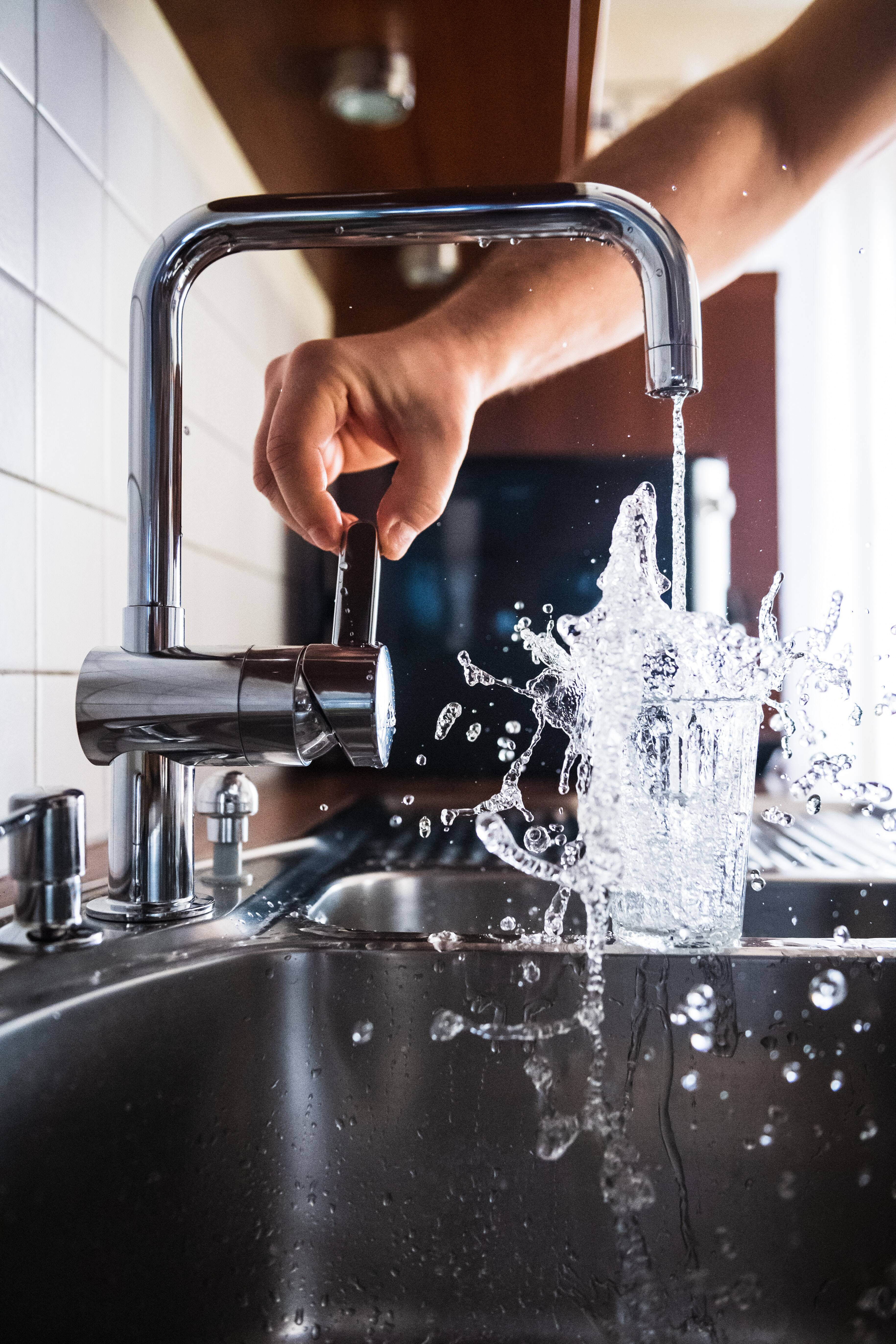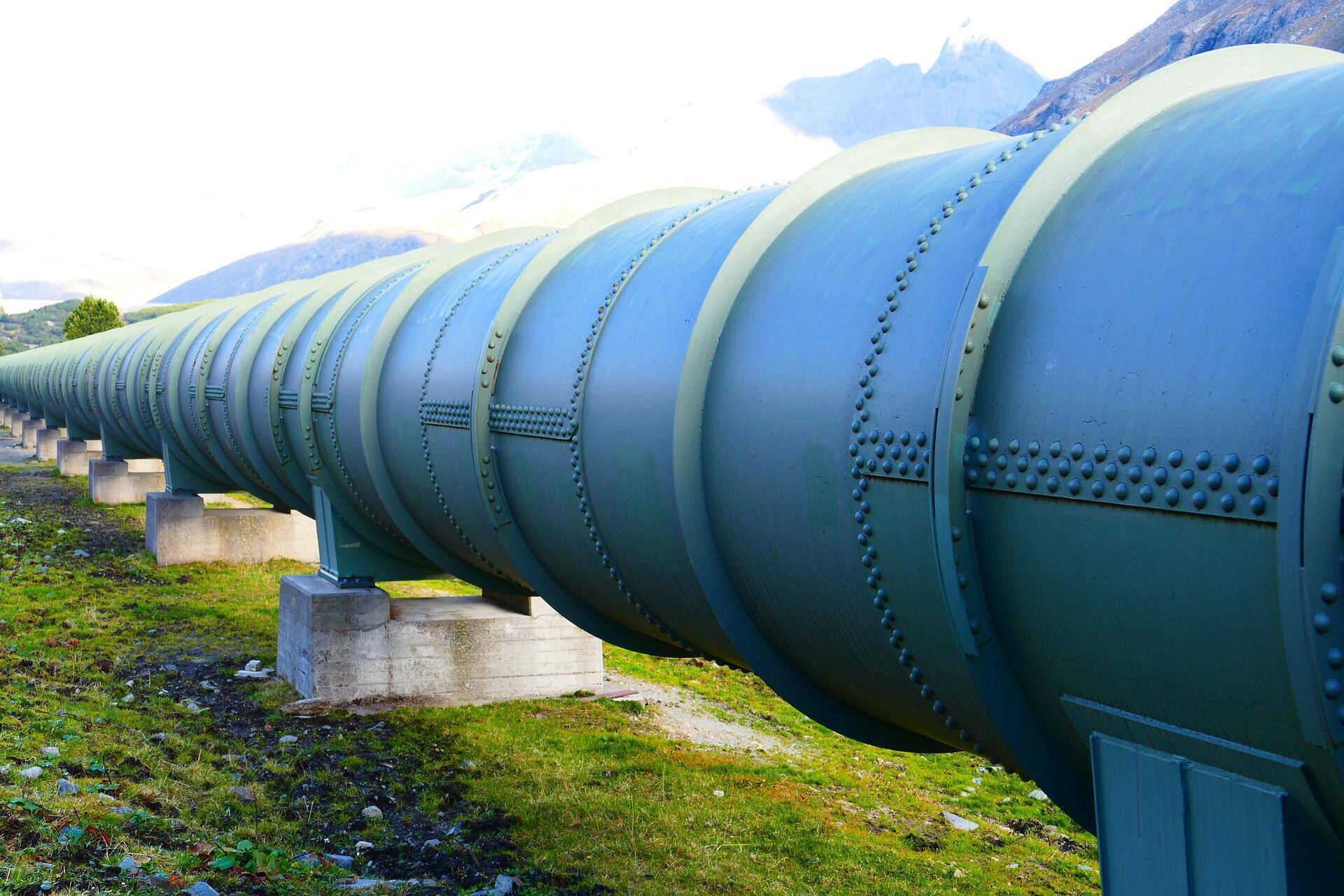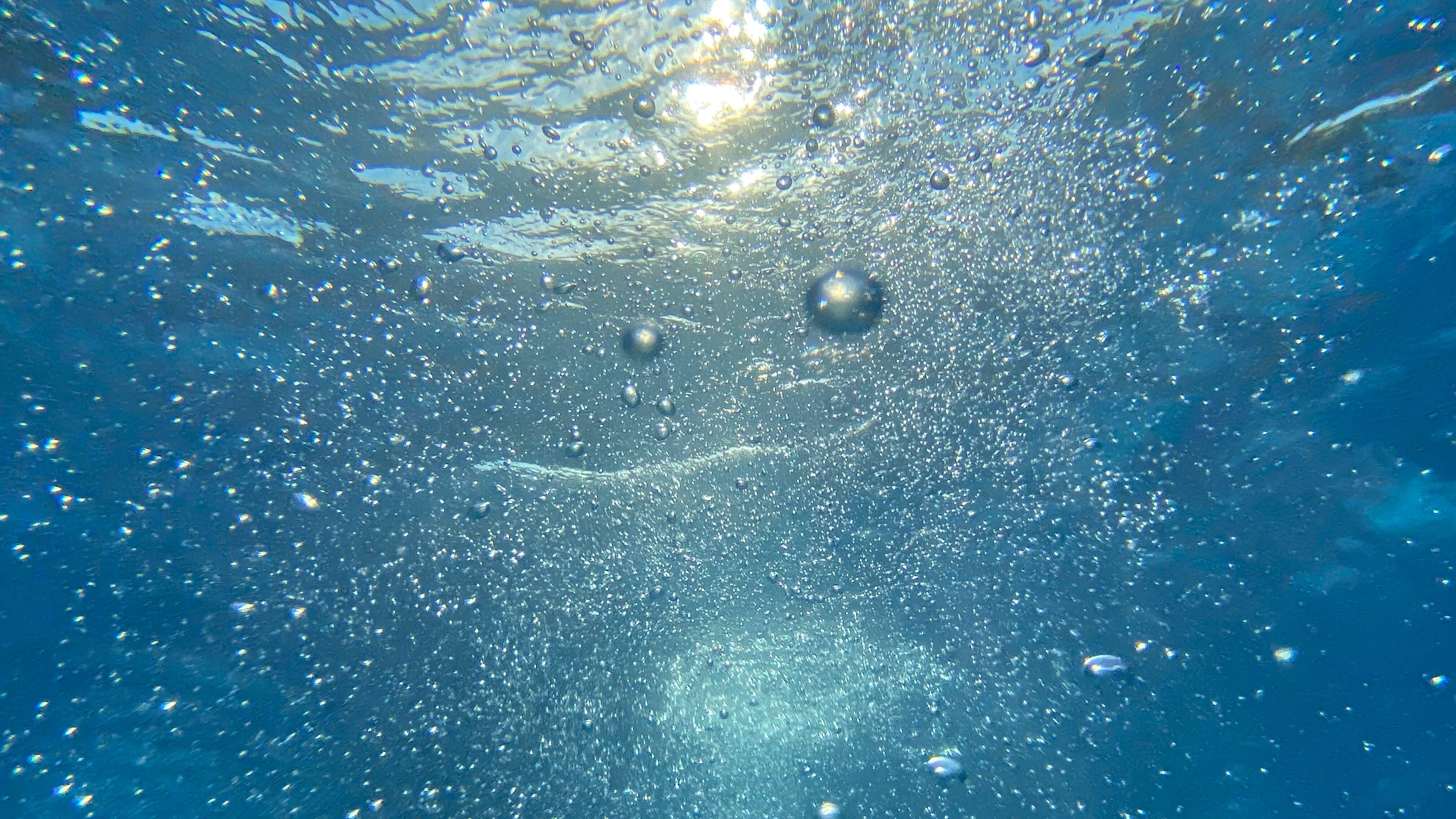You’ve reached your limit!
To continue enjoying Utility Week Innovate, brought to you in association with Utility Week Live or gain unlimited Utility Week site access choose the option that applies to you below:
Register to access Utility Week Innovate
- Get the latest insight on frontline business challenges
- Receive specialist sector newsletters to keep you informed
- Access our Utility Week Innovate content for free
- Join us in bringing collaborative innovation to life at Utility Week Live

Awarded more than £700,000 from the Water Breakthrough Challenge Catalyst Stream, Treatment-to-Tap seeks an industry watershed by supplementing a tech rollout with collaborative data analysis and behavioural science to build trust in tap water.
According to Alan Brown, head of water quality and strategic planning at Northumbrian Water, the firm’s attempt to launch Europe’s largest network of water quality and leakage sensors and analytics software will reverse the tide of customer taps being the first touchpoint for drinking water disruption.
“We almost rely on customers to tell us if something’s gone wrong,” he tells Utility Week Innovate. “The phrase I often use is it’s using the customer as a barometer of our performance.
“This project is turning that on its head with us being far more in control,” Brown adds. “Treatment-to-Tap will demonstrate a step-change in water company monitoring and proactive management of the water quality delivered to customers.”
 As such, alongside Welsh, South East, Scottish and Anglian Water and partners such as technology lead Siemens and the University of Sheffield – which has allocated a PhD student to cover data modelling and analytics – the project will see engineers add quality sensors to the final leg of water’s journey to customer homes.
As such, alongside Welsh, South East, Scottish and Anglian Water and partners such as technology lead Siemens and the University of Sheffield – which has allocated a PhD student to cover data modelling and analytics – the project will see engineers add quality sensors to the final leg of water’s journey to customer homes.
“What I want to get out of this is a much greater trust in tap water,” Brown explains. “I think us having a greater level of control over what we do on a day-to-day basis because we have more information should allow us to build that up over the next five-to-10 years.”
Ultimately, the scheme hopes to establish a new business model enabling all water companies to share risk and deliver water quality as-a-service, at scale, at pace and for the least cost.
Identifying operational influences
Northumbrian – whose network features 53 treatment works, close to 350 service reservoirs and more than 16,000 miles of water mains – launched Treatment-to-Tap given the relatively little transparency offered beyond mandated manual sampling once water leaves extensively monitored treatment works and enters Britain’s ageing network.
“You don’t really get an appreciation of how much quality is influenced or changes until it actually comes out of the customer tap,” Brown says. “It’s not just about throwing instruments or sensors, connecting them to pipes, and away you go. A lot of the assets that we’re talking about have been around for decades and are only getting older so it’s important that as customer expectations increase you step in and do something differently – be a bit disruptive in terms of how you manage all those interdependencies.”
 Phase one of Treatment-to-Tap saw Northumbrian install new sensors on inlet and outlet of reservoirs across its Teeside network towards the end of 2021 in an effort to understand the impact they have on issues such as sediment in the network.
Phase one of Treatment-to-Tap saw Northumbrian install new sensors on inlet and outlet of reservoirs across its Teeside network towards the end of 2021 in an effort to understand the impact they have on issues such as sediment in the network.
Beginning at the end of June – and supported by Water Breakthrough Challenge Catalyst Stream funding – phase two, will eventually see the deployment of around 30 different water quality instruments and further collaboration to monitor pressure via artificial intelligence and hydraulic simulation through the network.
“It’s not just looking at water quality as a finite aspect, it’s identifying other operational influences and how they come into play in terms of the overall water quality,” Brown explains. “How do you link pressure and water quality? How do you link bursts and water quality? Does the water quality tell you anything about what’s going to happen in the network? We’re going to get a much greater level of granularity and depth of information.”
The value of real-time quality data
However, in order to deliver water quality as-a-service, near real-time data gathered via said sensors will be collaboratively studied and paired with exclusively commissioned research to both develop new customer insights and steer everyday communication of water quality and disruption issues.
 “Part of this work is also to bring on board a consultant to do some behavioral science research with the customer base to assess how they would like to engage with real-time information,” he adds. “Would it be of benefit, would it cause increased anxiety, and how we can use it to build trust customers have in drinking water supply?
“Part of this work is also to bring on board a consultant to do some behavioral science research with the customer base to assess how they would like to engage with real-time information,” he adds. “Would it be of benefit, would it cause increased anxiety, and how we can use it to build trust customers have in drinking water supply?
“It is important to understand the value customers would get from receiving data and having a real-time understanding water quality, how they would interact with the data and how it influences their awareness, expectations and association with tap water.
“The outcomes will be fed into our ongoing communication strategy development, to make sure customers get the right information at the right time.”
Managing taste and odor expectation
Off the back of this, the supplier of 1.1 billion litres of water to just under 4.4 million people across Essex, Suffolk and the north east of England per day, will use characteristics such as chlorine and turbidity levels to gauge quality and manage customer expectations.
“If you look at it from a taste and odor perspective, customers recognise we put chlorine in the water to help disinfect it – but if we have to change supply around, customers notice the variation rather than the level of chlorine,” Brown says. “We can then say: ‘something’s occurred in our network we’re fixing it, we’ve changed your water supply, the chlorine levels will increase, but don’t worry’.
 “Equally a lot of the network can have minor sediment that sits in it as a legacy of millions and millions of liters of water passing through. But sometimes you get a burst, you increase the pressure in the pipe, and consequently, the flow can lift a bit of sediment.
“Equally a lot of the network can have minor sediment that sits in it as a legacy of millions and millions of liters of water passing through. But sometimes you get a burst, you increase the pressure in the pipe, and consequently, the flow can lift a bit of sediment.
“If these sensors give us an early warning to say there’s something going down here, we can give the customer confidence that we are dealing with as quickly as we can, but also give them some advice to say if you flush your tap for 10 minutes in this area it’s going to manage the situation, you’ll support us in terms of our actions, don’t worry about it.”
Why now?
While sensors have already served a variety of sector-wide purposes, according to Brown sufficiently robust technology and supporting infrastructure to deploy at the required scale to offer water quality as-a-service hasn’t been readily available until recently.
 “We’re at a stage where the instruments you install have become far more reliable and more cost effective – from a maintenance point of view you don’t have to visit them every two minutes, you can maybe go and replace a battery every two or three months,” he says.
“We’re at a stage where the instruments you install have become far more reliable and more cost effective – from a maintenance point of view you don’t have to visit them every two minutes, you can maybe go and replace a battery every two or three months,” he says.
“I think the other thing is that in the model we’re trying to achieve here there’s a level of speculation,” he adds. “You’re going to spend a lot of money to deploy sensors which we expect to give information, but there’s no absolute certainty around it in terms of the intel, data analytics and modeling that we’ll derive from it. So I think there’s always been a reluctance to roll out at scale.”
Utility Week Innovate, in collaboration with Utility Week Live aims to discover and promote innovative approaches to tackle front line business challenges through case studies, technical/project studies, networking, and live content. Be recognised as a key solution provider and meet your target audience face-to-face at UWL23. Find out more about exhibiting
Please login or Register to leave a comment.